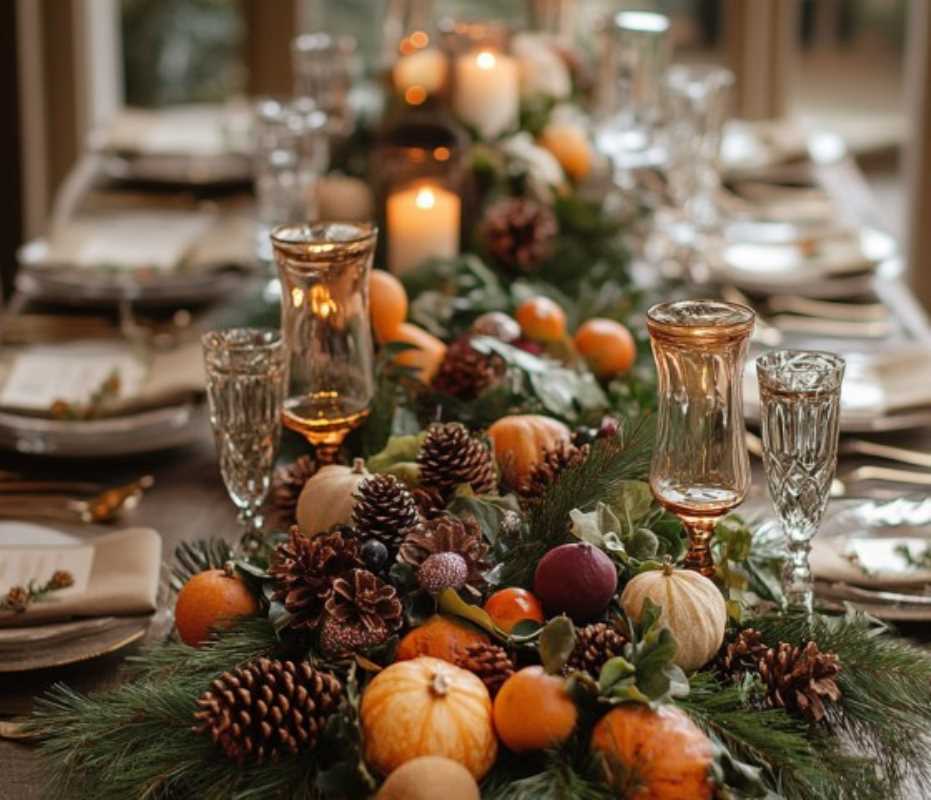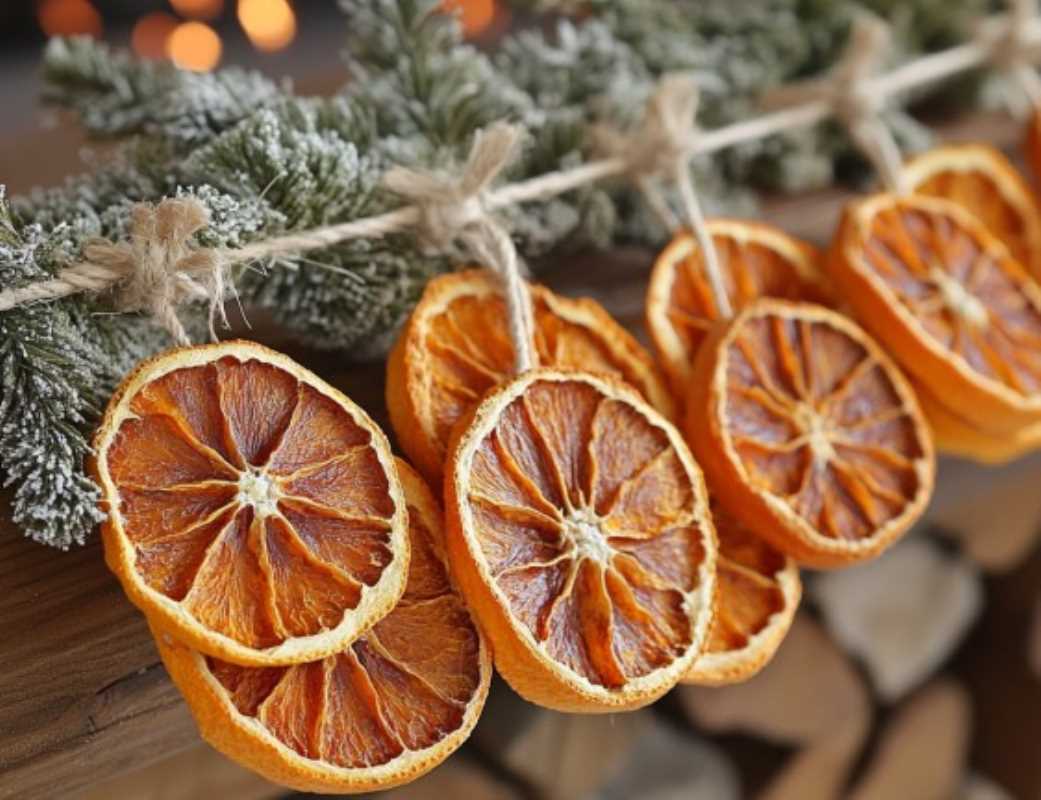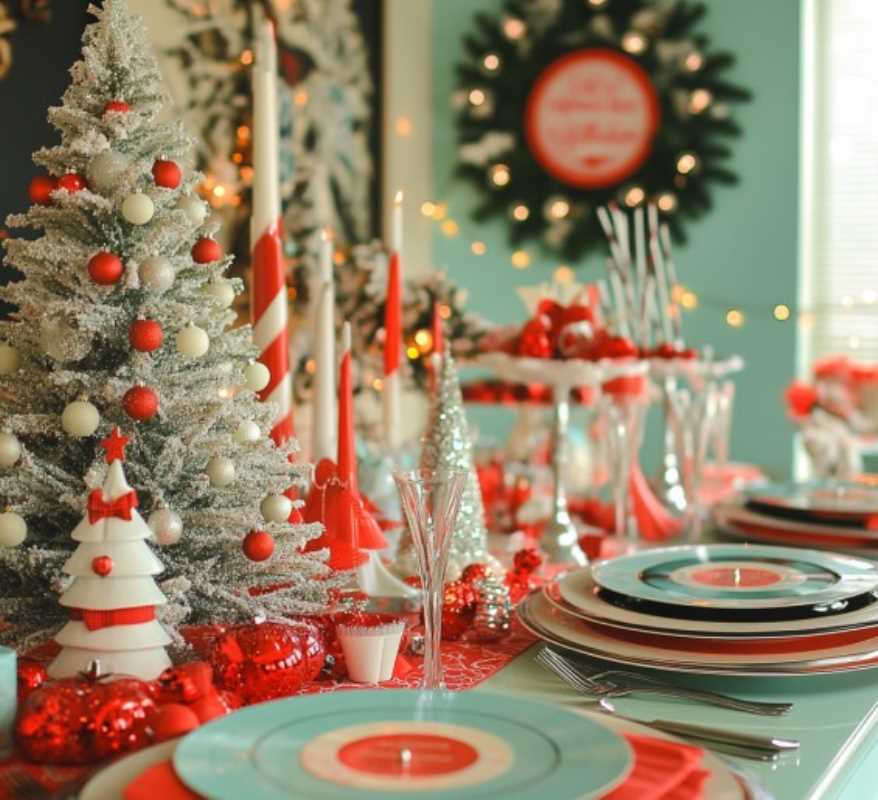Edible flowers are nature's way of adding a dash of beauty to your plate. These blossoms not only inject vibrant color but also bring unique flavors to dishes, elevating them from ordinary to extraordinary. Whether sprinkled over a fresh salad, frozen into ice cubes, or perched atop a cake, edible flowers can transform everyday meals into feast-worthy creations. Here’s a guide to understanding edible flowers, their flavor profiles, and how to incorporate them safely into your cooking.
Popular Edible Flowers and Their Flavor Profiles
Not all flowers are suitable for eating, so it’s essential to know which ones are both delicious and safe. Below are some popular choices and how they taste.
- Nasturtiums: These come in fiery hues like orange, red, and yellow, with a peppery, slightly spicy flavor reminiscent of arugula. They pair wonderfully with salads and savory dishes.
- Pansies and Violas: These delicate flowers are mild and slightly sweet, making them perfect for garnishing desserts or adding a subtle floral note to beverages.
- Lavender: Known for its calming scent, lavender has a sweet, floral flavor that’s ideal for baked goods, syrups, and teas.
- Roses: With a wide range of colors, rose petals offer a sweet, subtle fragrance. They work beautifully in desserts, jams, and even cocktails.
- Hibiscus: This tropical flower has a tangy, cranberry-like taste. It’s commonly used in teas, cocktails, or to infuse syrups.
- Chamomile: These tiny daisy-like blossoms have an earthy, apple-like flavor and are best known for their use in teas and light desserts.
- Borage: With star-shaped blue flowers and a mild cucumber flavor, borage is great for garnishing cocktails, soups, or salads.
- Calendula (Marigold): Often called “poor man’s saffron,” its vibrant petals have a peppery, slightly tangy flavor and are ideal for adding color to rice and savory dishes.
How to Use Edible Flowers in Dishes
Edible flowers are not just for show—they enhance the sensory experience of a dish by adding color, flavor, and texture. Here’s how you can make the most of them.
1. Salads and Starters
- Sprinkle petals from nasturtiums, violas, or calendulas over your favorite salad for a pop of color and a hint of peppery or tangy flavor.
- Pair edible flowers with fresh greens, goat cheese, nuts, and a light vinaigrette for an elegant starter.
- Use flowers as garnishes for dips or spreads like hummus or labneh to create a visually stunning appetizer.
2. Desserts with a Floral Twist
- Adorn frosted cakes, cupcakes, or cookies with small, delicate flowers like pansies or violas for a garden-inspired design.
- Infuse cream or butter with lavender or rose petals to add subtle floral flavors to desserts like panna cotta or shortbread cookies.
- Freeze edible flowers into ice cubes to keep beverages cool while adding flair—perfect for teas, lemonade, or cocktails.
- Use hibiscus syrup as a glaze for fruit tarts or as a vibrant drizzle over cheesecakes.
3. Drinks That Blossom
- Use borage flowers to garnish cocktails like gin and tonics or mojitos, offering both visual appeal and a light, cucumber-like taste.
- Brew teas using chamomile or hibiscus for a refreshing and visually appealing beverage.
- Create floral simple syrups with lavender or rose to upgrade your cocktails, mocktails, or sodas.
4. Main Courses and Sides
- Add calendula petals to risottos or soups for a saffron-like brightness and color.
- Garnish roasted vegetables with marigold petals to liven up their presentation.
- Top grilled fish or chicken with a scattering of nasturtiums for an earthy, spicy accent.
Tips for Sourcing and Preparing Edible Flowers Safely
Before adding flowers to your menu, follow these tips to ensure they’re safe and suitable for consumption:
- Know Your Source: Buy edible flowers from reputable vendors or grow your own. Avoid using flowers from florists or garden centers as they may be coated in harmful pesticides.
- Choose Organic: Always opt for organically grown blooms to reduce the risk of consuming chemicals.
- Wash Carefully: Rinse flowers gently under cool water to remove dirt or insects. Shake off excess water and pat dry with a paper towel.
- Remove Stems and Pistils: Unless the recipe specifically calls for them, remove the stems, pistils, and sepals, as these parts can be bitter or tough.
- Use Fresh: For the best flavor and appearance, use edible flowers within a day or two of harvesting. Store them in the refrigerator in an airtight container lined with a damp paper towel to keep them fresh.
- Know What’s Safe: Some flowers may look beautiful but are toxic if consumed. Research thoroughly or consult with a reliable source before adding any new bloom to your recipes.
Why Use Edible Flowers in Culinary Presentations?
Edible flowers offer far more than a visual upgrade. They engage multiple senses, making your dishes feel like an experience.
- Enhanced Presentation: The vibrant colors and intricate textures of flowers can immediately elevate the visual appeal of your creations. A simple salad, dessert, or cocktail can transform into a conversation-worthy masterpiece.
- Unique Flavors: With sweet, tangy, or peppery notes, flowers add subtle but distinctive flavors that surprise and delight the palate.
- Customization: Edible flowers allow you to customize dishes to match your event’s theme or mood, whether it’s a romantic dinner or a springtime brunch.
- Memorable Moments: Food garnished with flowers creates a sensory memory for your guests, making your meals more special and memorable.
Experiment and Bloom in Your Culinary Creations
We often eat with our eyes before the first bite, and edible flowers make every dish a feast for the senses. Whether you're creating a refreshing summer salad, a decadent dessert, or a signature cocktail, these floral elements can add life, flavor, and a touch of artistry.
Don’t be afraid to experiment. Start with a few beginner-friendly blooms like violas or marigolds, and expand your repertoire as you grow more comfortable. With a bit of creativity and care, edible flowers can turn your kitchen into a garden of inspiration. Why settle for plain when your dishes can bloom beautifully?
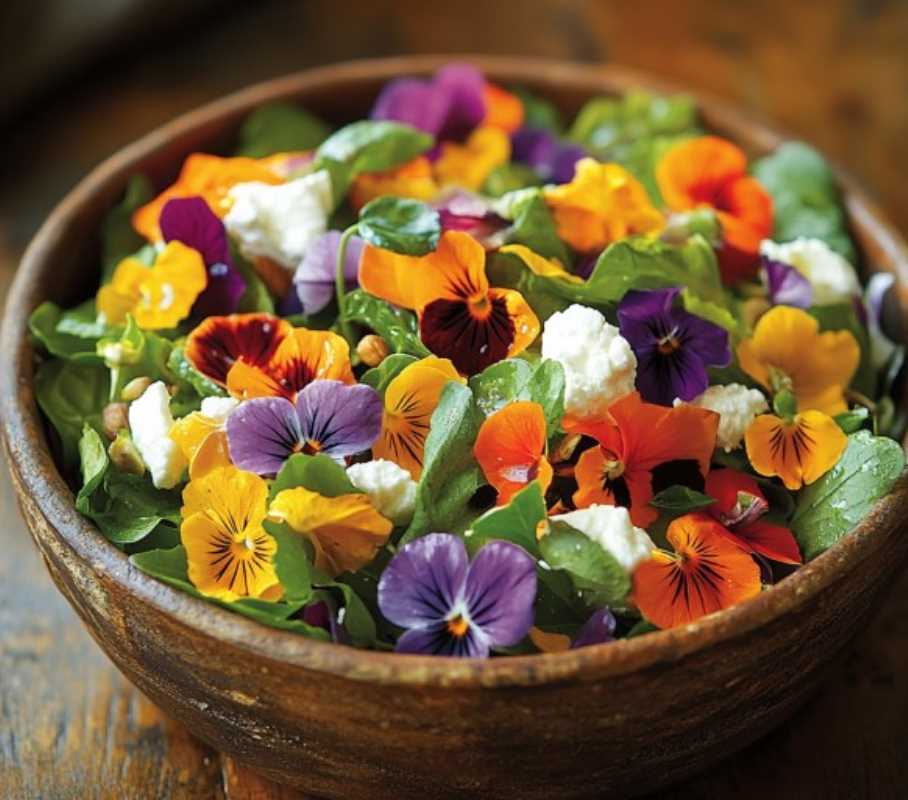 (Image source: Midjourney)
(Image source: Midjourney) 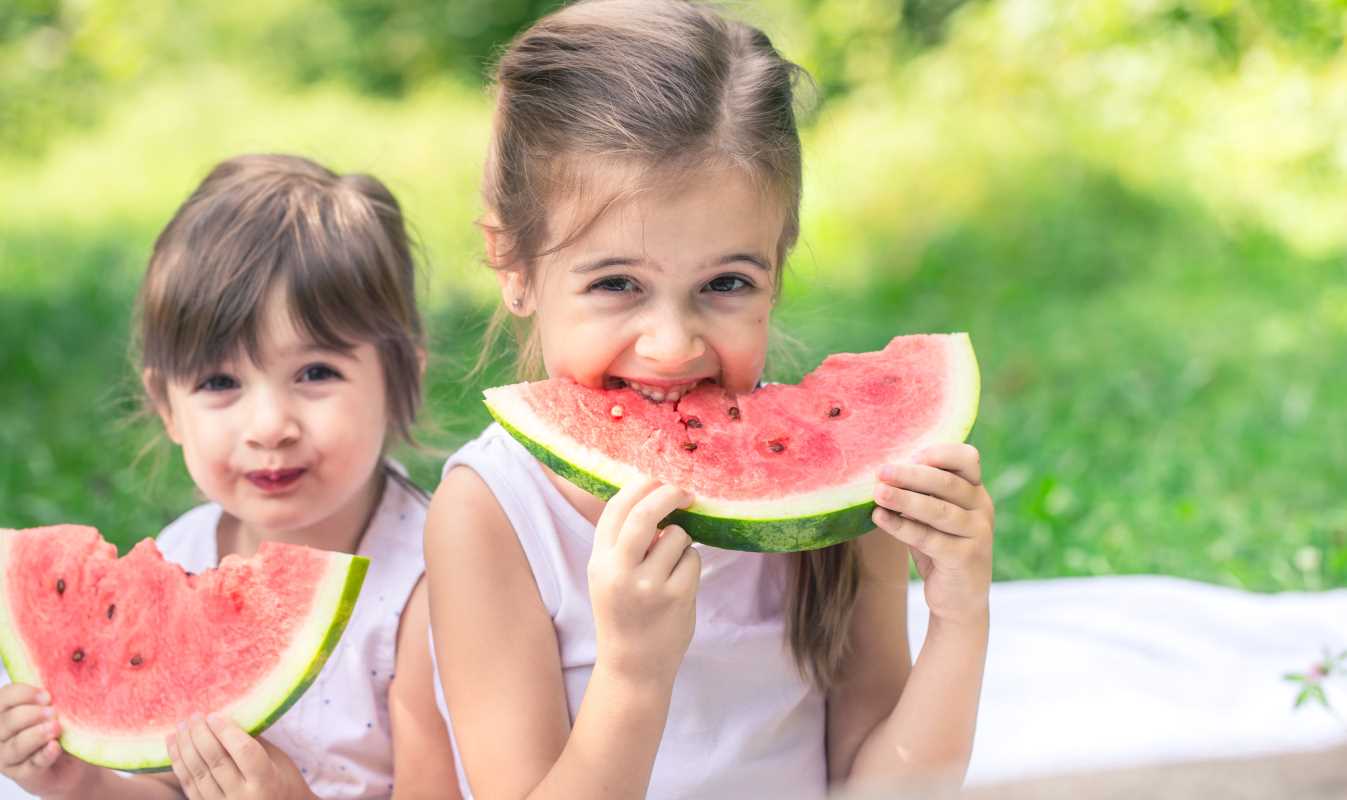
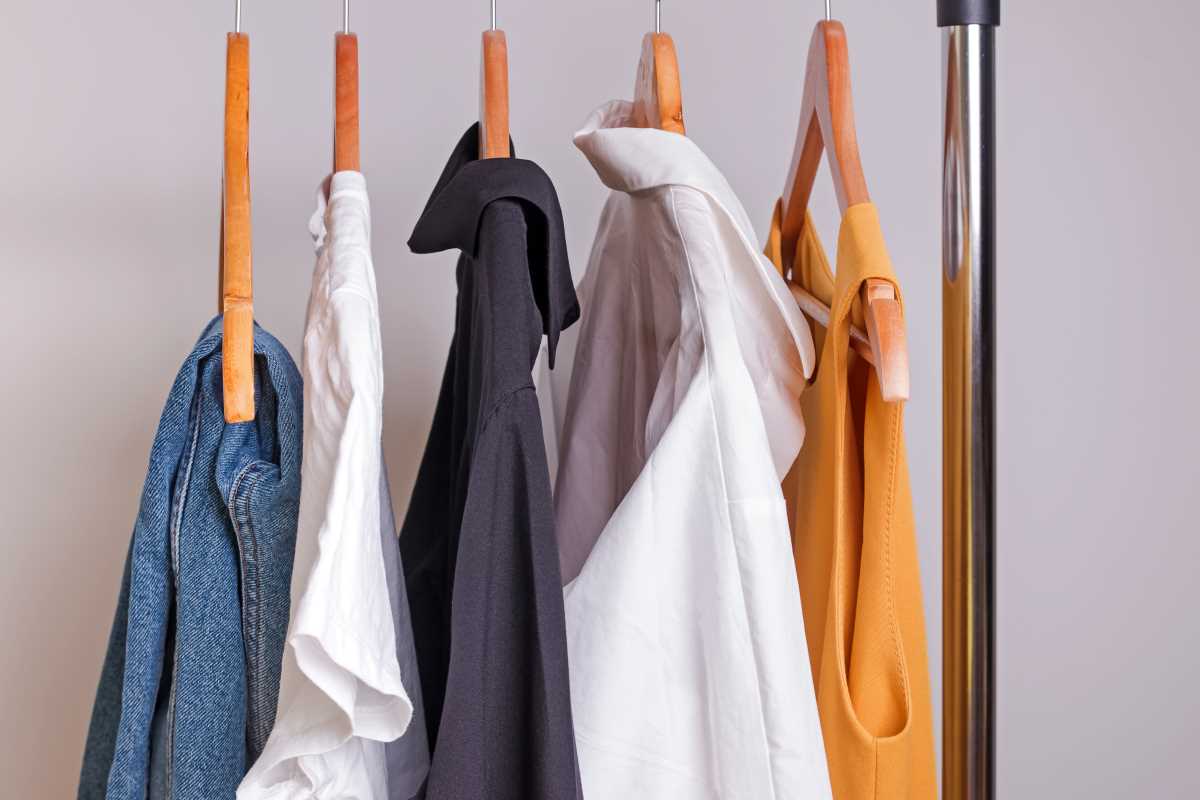
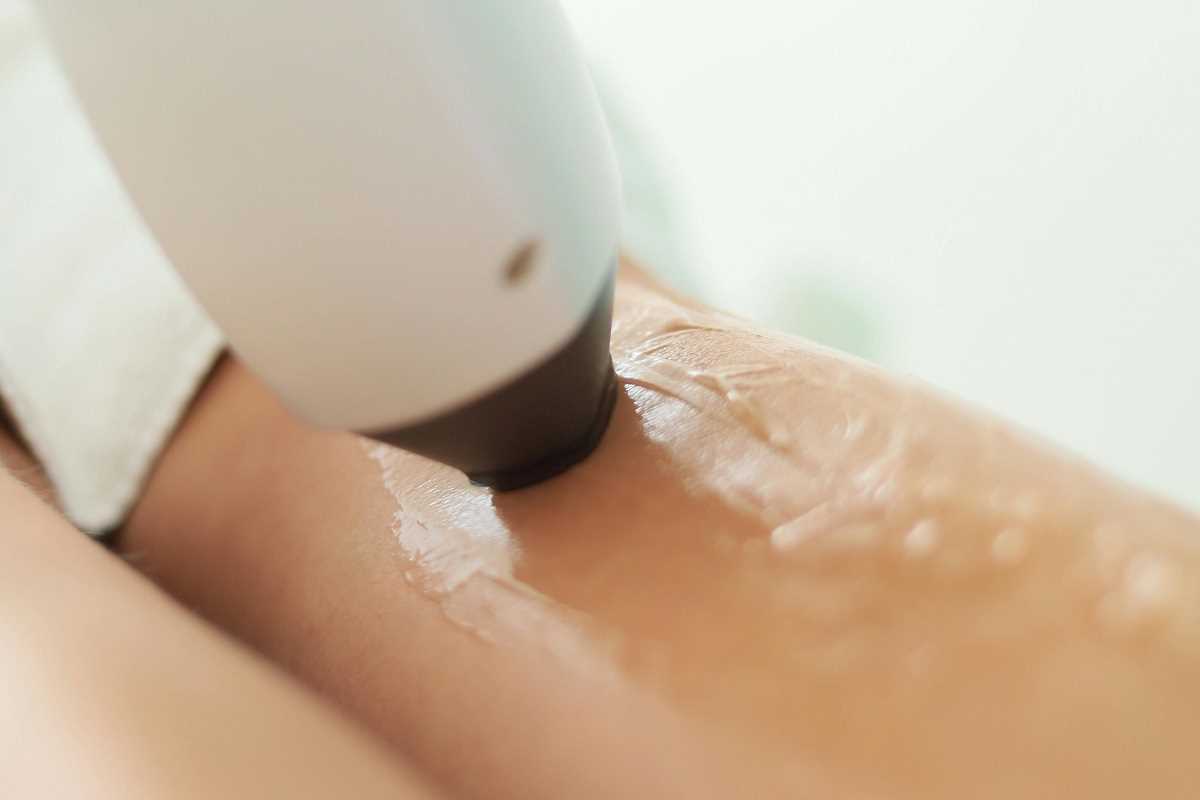
.jpg)
